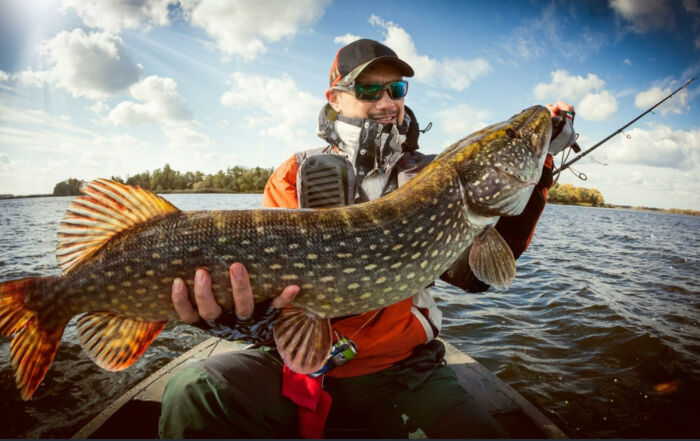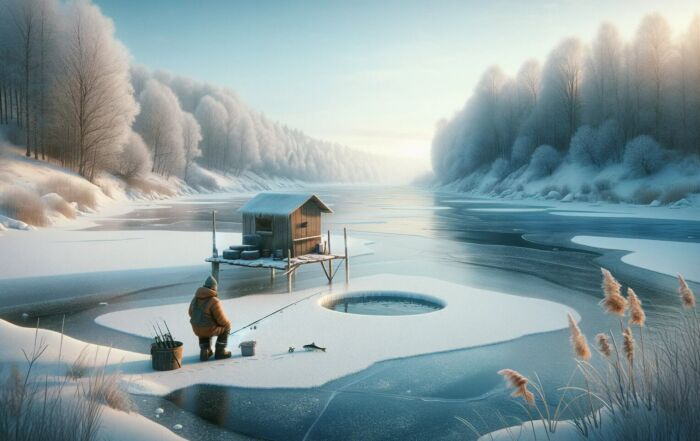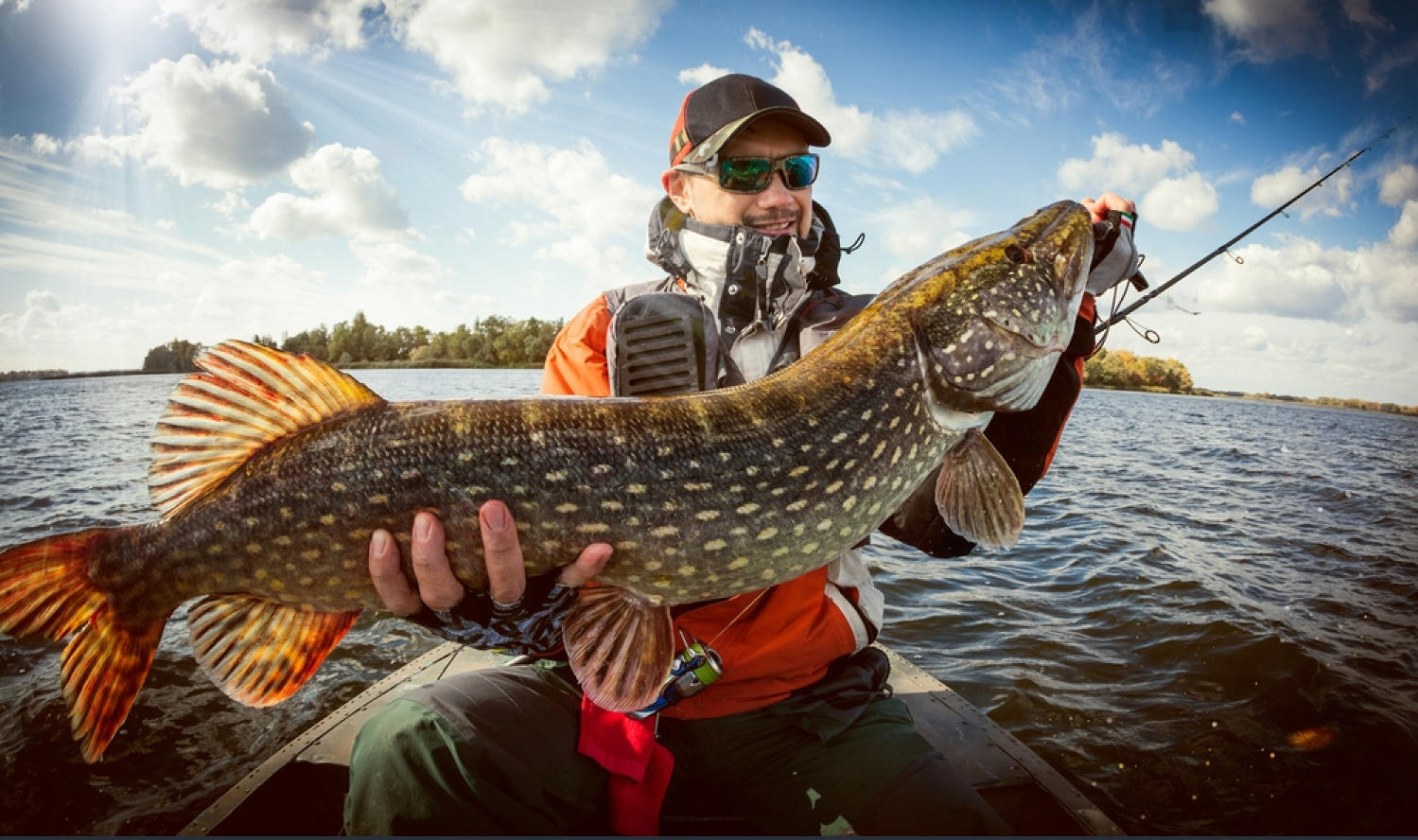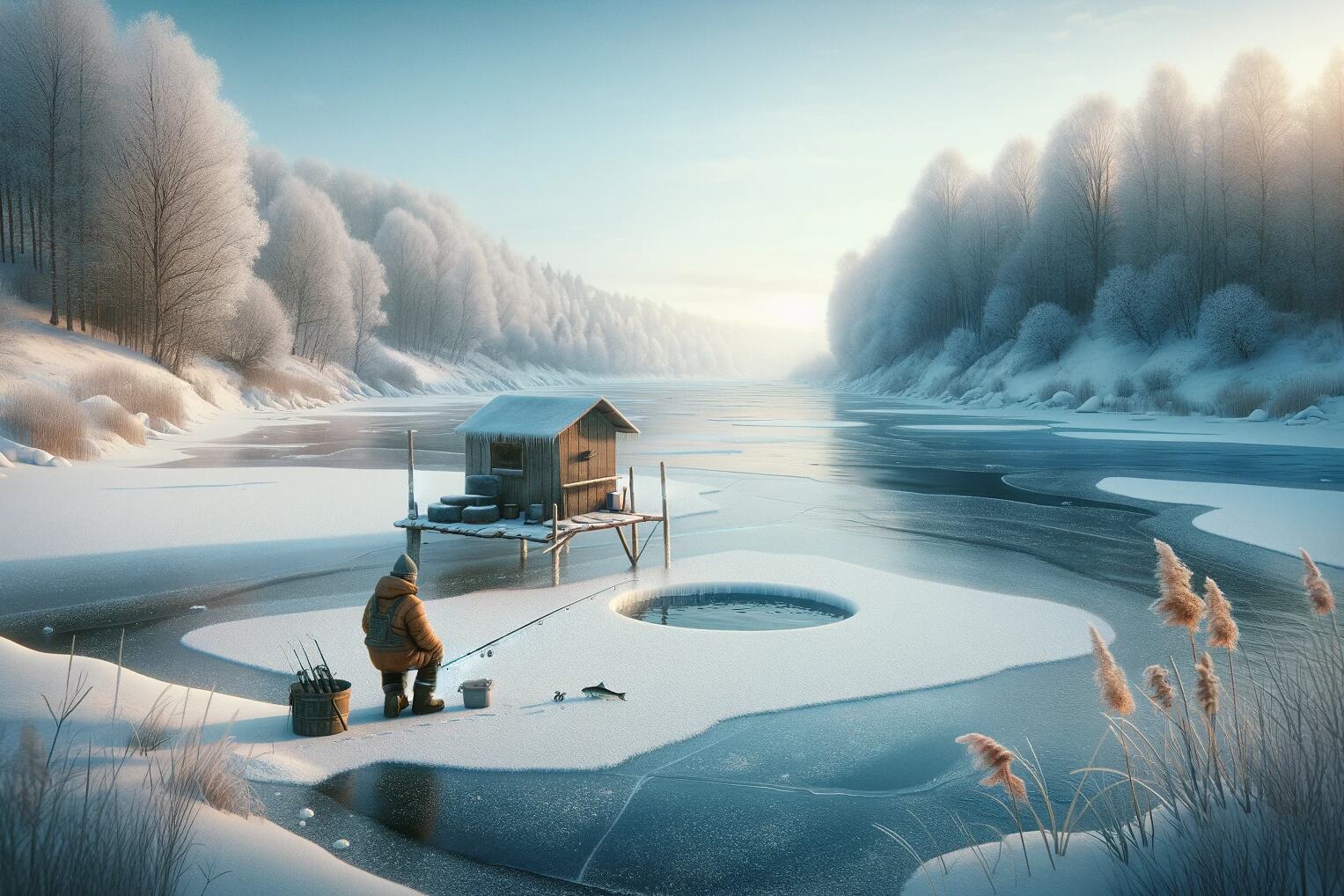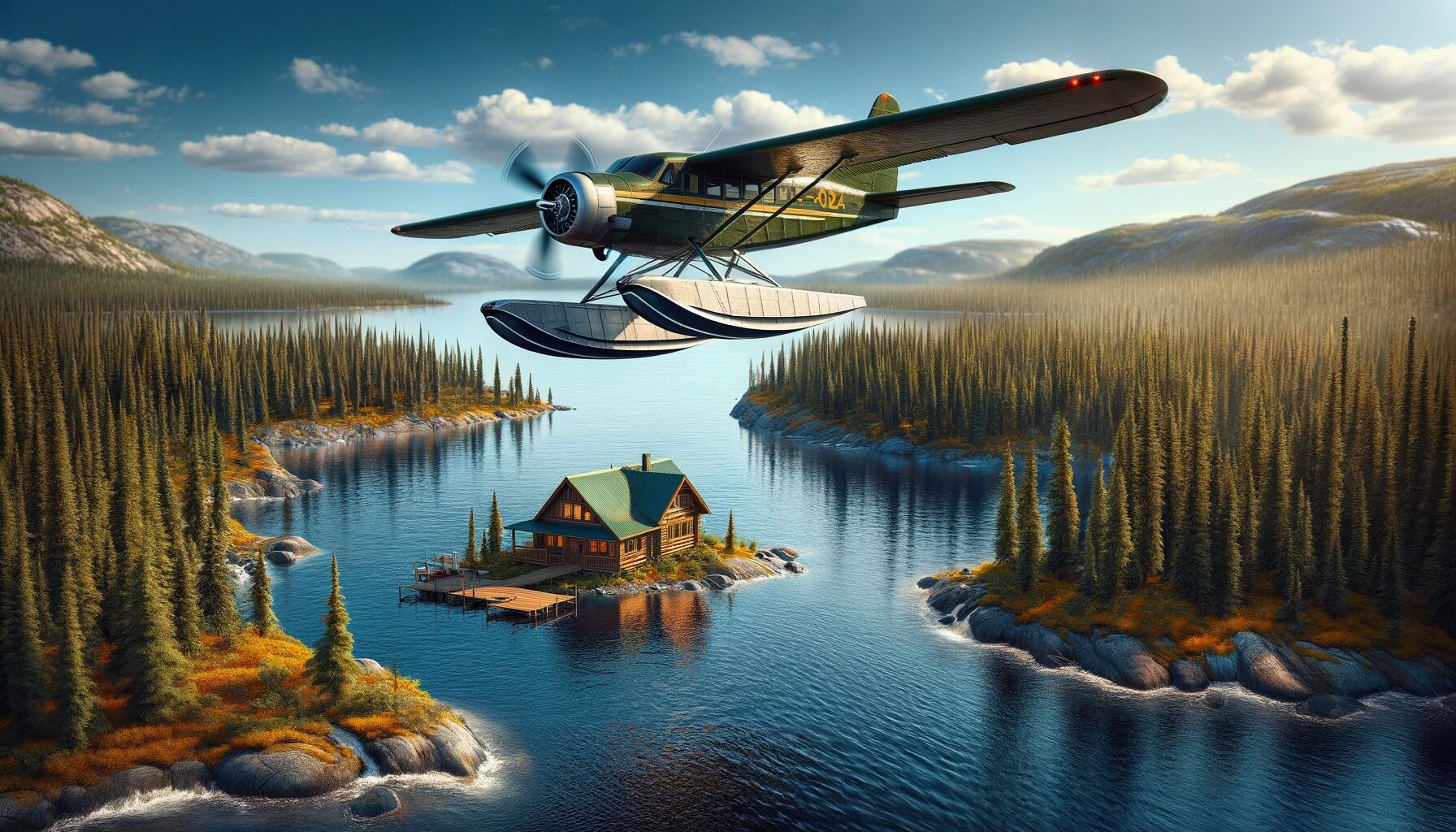Trolling for Northern Pike
Trolling for northern pike is a great way to cover bays and pinpoint northern pike casting hotspots
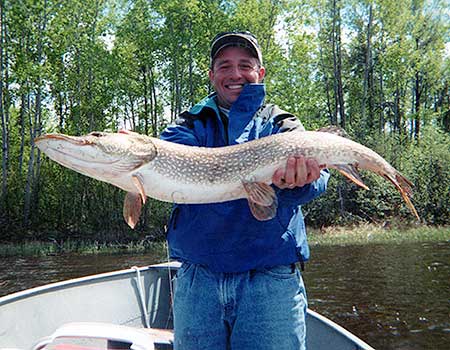
When entering a bay for the first time, it is hard to overcome the urge to start casting for the weeds in search of a trophy pike. But, what are you casting into? Mud bottom? Rock bottom? 3 feet, 10 feet of water? Is cabbage weed present? This information is critical for northern pike fishing and can be acquired with a first pass of trolling the bay. Once you have this information, you can then target the promising areas while pinpointing submerge cabbage weed beds with your pike casts.
But trolling is a waste of time, the big pike are in the weeds
Trolling for northern pike is not a replacement for casting pike lures, but a tool in your tacklebox that is used to narrow down the focus locations and will reveal trends that can be used bay to bay. This information translates into productive casting locations for your pike lures.
Trolling pike lures also gives a different presentation to big pike vs. casting pike lures. Pike lures being trolled move toward awaiting northern pike, which is an opposite effect of casting pike lures. Casting pike lures appear to northern pike as heading from shallow to deeper water. This shallow to deeper action leads to follows, while the trolling towards a northern pike presents a feed pattern that promotes strikes.
What is the best trolling speed for northern pike
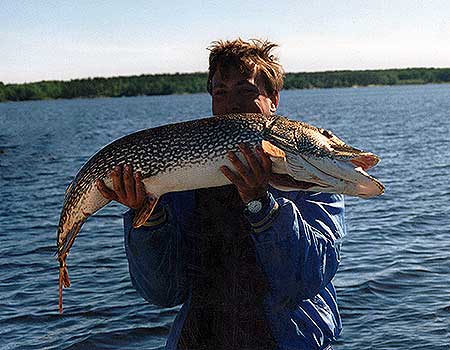
How to find the ideal trolling speed for trolling your pike lure? Start by trolling your lure next to the boat to determine the trolling speed to achieve the ideal lure action. Increase and decrease your trolling speed until you dial in the ideal speed range that gives your lure the best presentation. Once you have the trolling speed dialed in, preform a few S turns to give you an idea on how the lure reacts to speed ups and slow downs. If everything looks good, start trolling.
What works one day, may not the next
Even after you have everything dialed in, the prefect trolling speed along with the lure action looking great, catching northern pike is not guaranteed. With some experimenting and fine tuning you will find that sweet spot that attracts northern pike while trolling.
Pike behavior varies day-to-day, mainly due to atmospheric pressure changes. This will cause you to adjust your trolling speeds daily. One day a northern pike will hit your lure at any speed, the next day they may only hit on slow speed trolls. To quickly find the ideal trolling speed, add sharp and wide turns to your trolling pattern. This will allow you test a wide range of speeds at once. If most pike are caught on the outside rod during a turn, try increasing your overall speed on the straight stretches. Vice versa if most pike are caught on the inside rod during a turn, try decreasing your overall speed on the straight stretches.
What trolling pike lures should I use
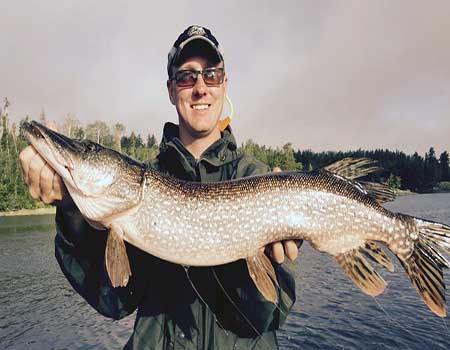
Late spring, early summer we transition with the weed growth to a 7/16 – 3/4 oz. Suick or Rapala Husky Jerk baits. The larger pike lures skimming across the tops of the weed beds is enough to entice large northern pike from the weed beds below.
Summer, early fall the weed beds are at or near the surface and well defined. Pike trolling is summer/fall takes a lesser role in pike hunting as most cabbage weed beds are slightly submerged 6 to 12 inches below the surface and easily defined. During this time traditional casting of buzz baits are best as the weed bed structure is visible.
A Cobham favorite its the double yellow or white 3 inch twister tail paired with a 1/4 oz. fluorescent colored jig head. In heavy current us a 1/2 oz. fluorescent colored jig head.

